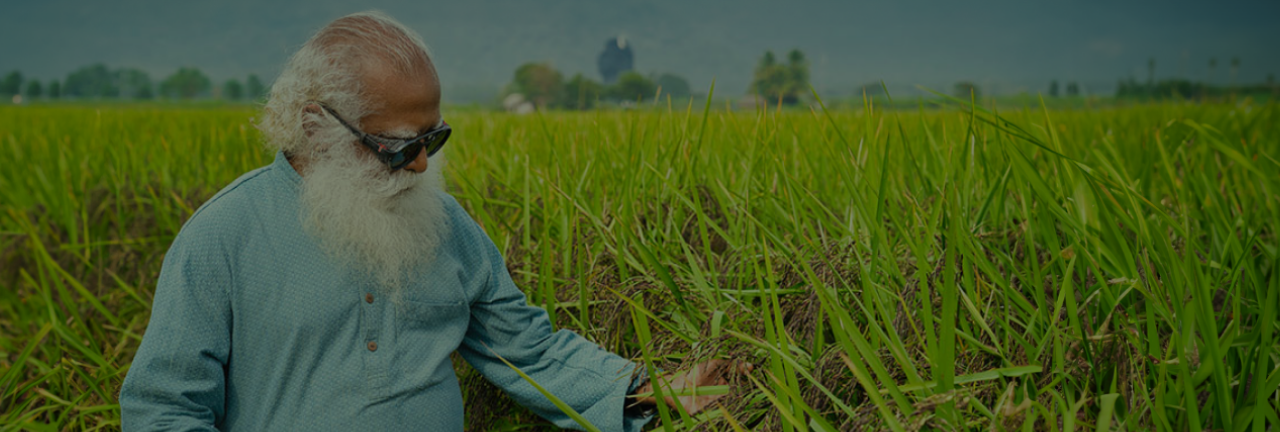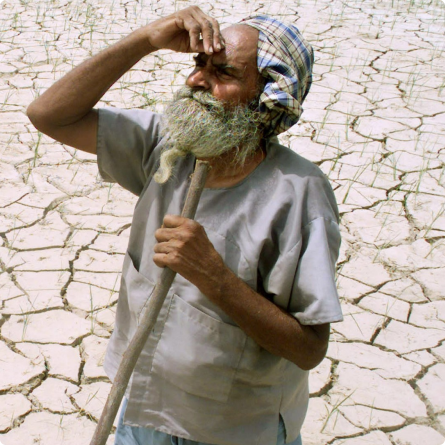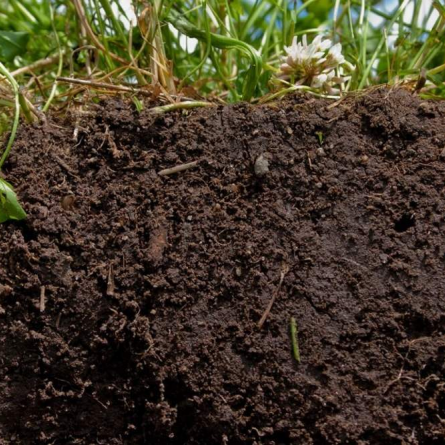“Of all the economic activities in a nation, agriculture is the most fundamental and of paramount importance. A nation that neglects its farmers is bound to Dislocate its basic life-sustaining infrastructure.” - Sadhguru
Over the past three decades, the cost of crop cultivation in India has outpaced the value of agricultural output, resulting in a sharp decline in farm incomes. Currently, the average net income for agricultural households from cultivation is merely Rs. 126 per day.
One of the main causes of this decline is the severe depletion of soil fertility. Healthy soil should have a minimum of 3-6% organic matter, but 62% of India's agricultural soil has less than 0.5%. This degradation renders farming increasingly unprofitable, pushing nearly 50.1% of farm households into debt. Compounding this issue are climate and market risks, making the farming community one of the most vulnerable in the country.
As debt mounts, many farmers are compelled to migrate to urban areas or sell their land, resulting in landlessness. Currently, nearly 8% of Indian farmers are landless, and tragically, one farmer commits suicide every hour, leaving families in devastating circumstances.
With no pride left in farming, only 2-3% of farmers want their children to continue in agriculture. As a result, younger generations are abandoning agriculture, leaving an aging population to manage the farms. The average age of Indian farmers has risen to 50, threatening the continuum of traditional agricultural knowledge that has been preserved through millennia.
If this trend persists, the nation risks having very few farmers left to grow food in the next two to three decades.











